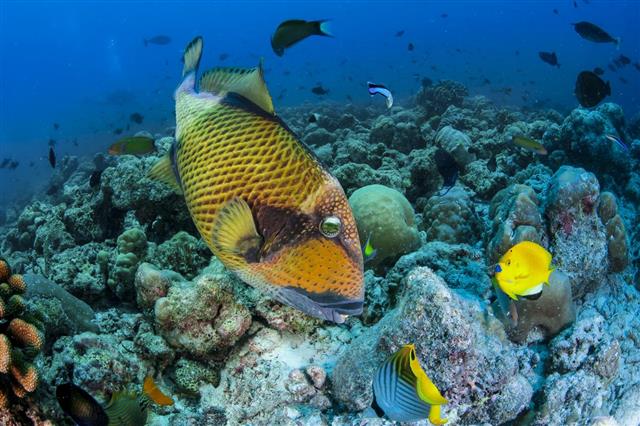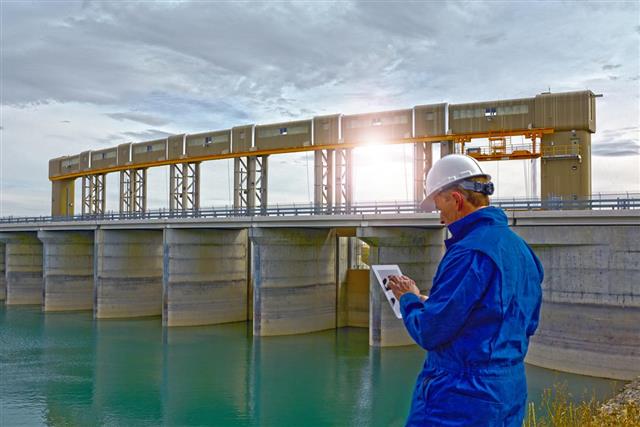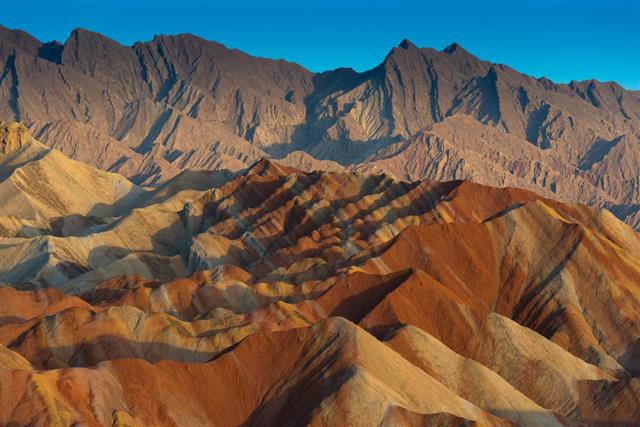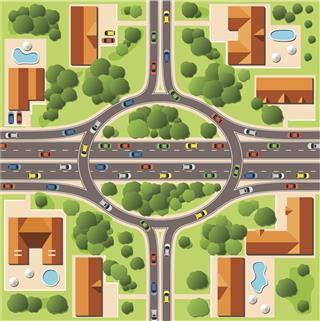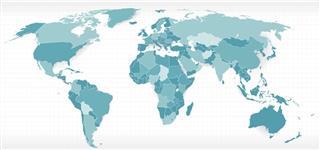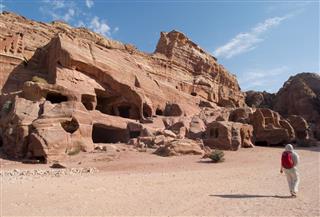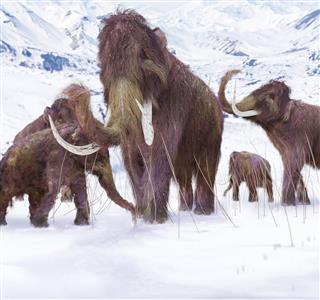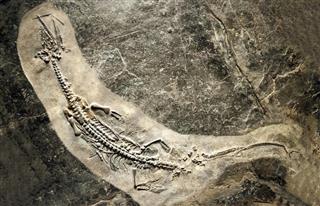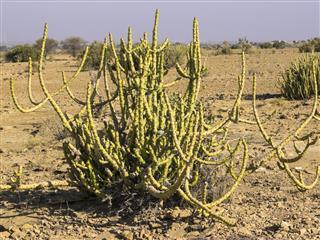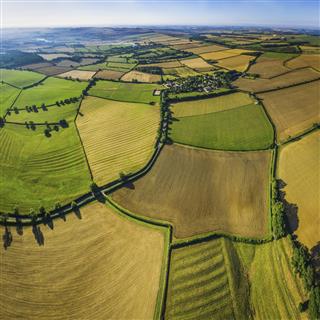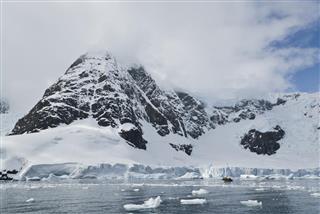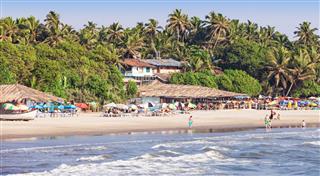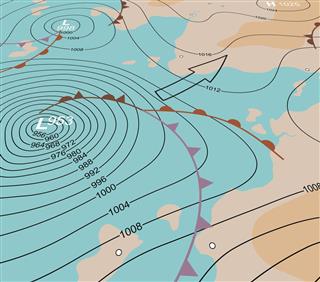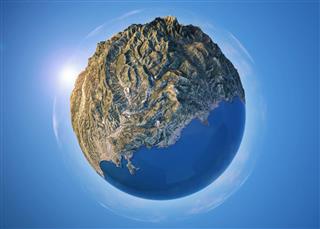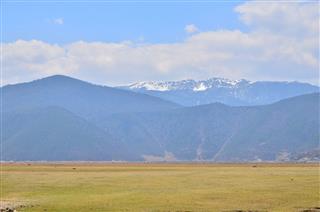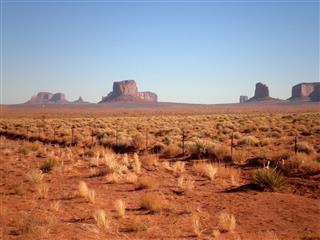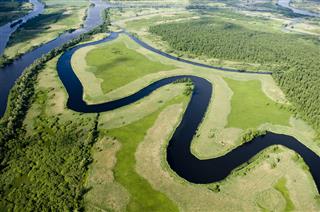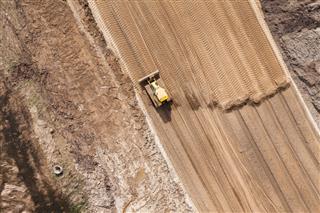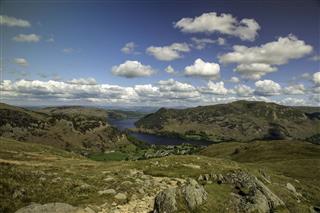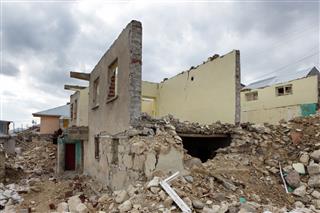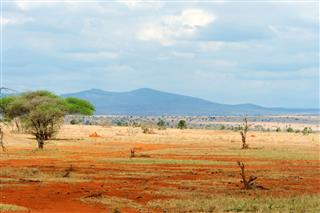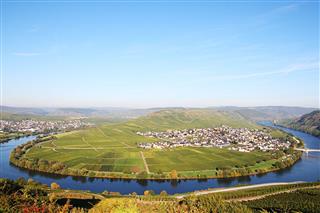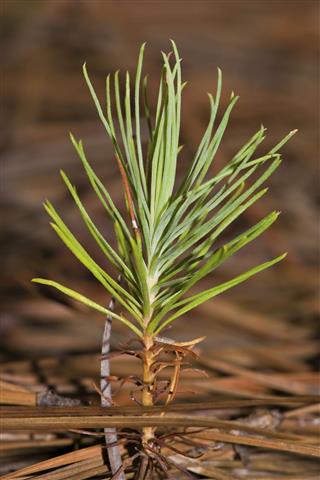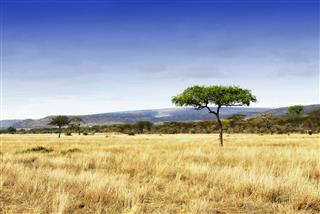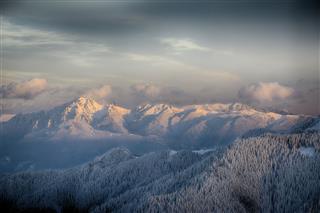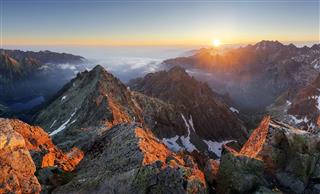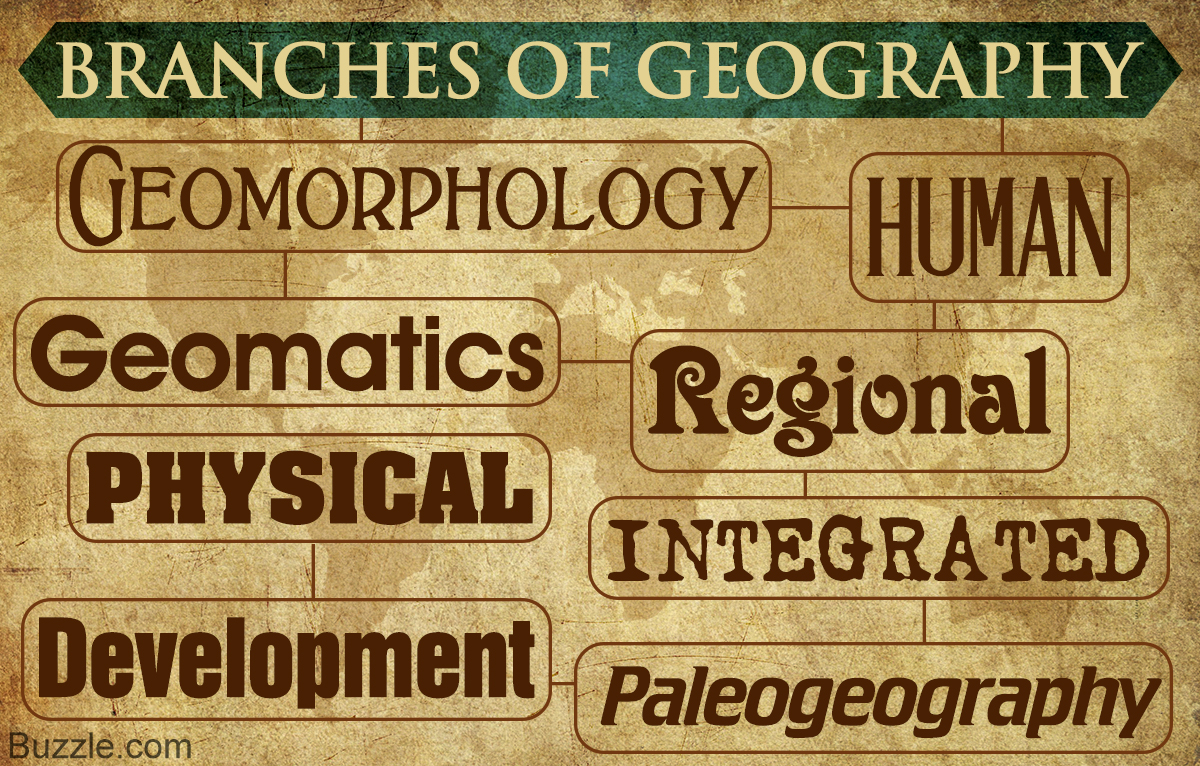
Geography, the study of the Earth and its processes, is indeed an intriguing subject. Read through this ScienceStruck article to know about the different branches of geography.
One of the most important aspects of human history lies in the representation and interpretation of surrounding landscapes. This is due to a simple fact that, it is these very landscapes that provide us with most of our necessities. This is also precisely why humans, over hundreds and thousands of years, have been consistently trying to find meaning in their surroundings, so that they can organize their world. Some of the oldest literature that helps us do so, to a large extent, are the geographies. These are essentially exploration accounts of various land journeys and sea voyages of ancient people. These give us vivid accounts of places, distant and sometimes, beyond our reach. They also inform us about places, which no longer exist.
In other words, these geographies speak of the various formation and destruction processes that take place on Earth, and give us food for thought on how and why spatial boundaries and landscapes change and/or disappear. Geography then, is a science that deals with the study of the Earth, and the various creative and destructive processes and phenomena, taking place on it. However, these days with several advances in the discipline, geography also encompasses the various physical features and phenomena, with respect to the Earth’s interaction with the Sun, Moon, other planets, and celestial bodies.
There are two main branches of geography viz., physical geography and human geography. All the other known branches of geography, essentially are the sub-branches of these two.
Physical geography, a.k.a. physiography is a natural science that deals with patterns and functioning of nature. It deals with those aspects of nature, which lie outside the human domain, but can suffer serious consequences due to human intervention. These include aspects such as atmosphere, climate, landforms, soils, oceans, and so on. Following are the sub-branches of physical geography:
Geomorphology is a science that deals with the formation, shaping, and/or destruction of landforms, and all the processes which are involved. The main aim of geomorphology is to study and analyze the formation of a given landform with respect to the changes that it has undergone through the ages, and to predict what may happen to the landform in the future. This can be done by means of experiments, as well as by quantitative analysis.
Pedology is the study of various kinds of soils in their natural environment. It deals not only with processes of soil formation and classification, but also with the interactions between various physical (air, water, climate, etc.) and biological (plants, microbes, etc.) forces and the soil and their effects on its composition. One of the major aims of pedology is to study soil composition, so that the natural minerals and nutrients that it may contain, can be exploited effectively by humans.
Climatology, as the name suggests, deals with the study of climate. It is a very broad discipline that studies local, regional as well as global climates with respect to their effects on the physical and biological aspects of the Earth. Climatology also relates to studying how climate can be affected by natural and human influences. The aim of this field of study is to determine how the Earth’s climate has changed through the ages and to predict future trends in climate change.
Meteorology is a field that deals with the forecasting of day-to-day weather conditions. Contrary to climatology, that aims to forecast long-term climatic conditions, meteorology pertains to short-term forecasting. It deals with the prediction of weather conditions in the immediate future, on the basis of the different atmospheric factors such as temperature, moisture, air pressure, etc.
Hydrology refers to a study of water on the surface of the Earth, and its interaction with natural and biological factors. The field pertains to the study of water and the hydrological cycle with respect to the water accumulated in various physical formations like water bodies, glaciers, and also rocks and soils. It essentially aims at analyzing the dynamics involved in the Earth’s hydrosphere, so that water, as an important natural resource, can be efficiently exploited in the future.
Coastal geography is a very interesting discipline of study that deals with the interactions between land and the oceans, on the basis of physical as well as human geography of the coastline. It studies how various physical and human factors affect the processes of coastal erosion, sediment movement and the trends of sea level change.
Oceanography deals with the study of seas and oceans of the world. It pertains to everything related to oceans – marine life, marine ecosystems, waves, tides, currents, marine geology, and natural resources and/or chemical substances within the ocean. The main aim is to study the various oceanic processes for a better understanding of their effects on the life on Earth.
Glaciology, as the name suggests, is the study of the glaciers and ice sheets of the world. It is the study of all the physical phenomena that involve formation and melting of ice. Glaciological studies intend to analyze the effects of glaciers on landscapes and on the Earth’s climate. Glaciology is very important with respect to the study of phenomena such as global warming.
Landscape ecology is a study of interrelationship between the various ecological processes and the respective ecosystems. In other words, it deals with the impact of the distribution of the various elements of a landscape on the landscape itself. Landscape ecology is a way of looking at a landscape as an organic whole, and is based on the idea that even minute variations in the elements may affect the landscape greatly, in the long run.
Biogeography is a branch of physical geography, dealing with the distribution of various species of plants and animals on the surface of the Earth, and the reasons behind the different distribution patterns. The field attempts to study why certain species can only dwell on certain kinds of landforms. In other words, it is a study of how landforms and geographical processes determine the kind of species, which may dwell in a particular region.
Paleogeography is the historical study of geography. It encompasses the study and analysis of geographical features and their relationship with the living species in historic and prehistoric times. It deals with the stratigraphic study of preserved material to determine the spatial distribution of continents and landforms, in order to determine various changes that the Earth has undergone through the geological timescale.
Quaternary Science is the study of the geography of the quaternary period. Quaternary period is that period on the geological timescale that spans through two important geologic epochs viz., the Pleistocene and the Holocene. The quaternary timescale has been roughly set to about 2.6 million years BP. The geographical study of this period helps to understand all the changes in physical and natural environment and climate, which have in turn, influenced today’s geography.
Geomatics, a.k.a. geomatics engineering or geospatial technology, is a discipline that involves collecting, storing, and analyzing all kinds of geographic information. It is more of a quantitative approach, applied to traditional spatial techniques in topography and cartography. Computational geography is an important aspect of this discipline, which uses techniques such as remote sensing and GIS.
The domain of human geography pertains to the spatial analysis of the world as an organic whole. The major components of human geography are people. It aims to study different cultures and communities on a spatial basis. Contrary to physical geography that has a more quantitative approach, human geography is more responsive to qualitative methods. It is more theoretical in nature. Following are the sub-branches of human geography:
Historical geography is the study of the interactions of people with their environment, and is based on the parameters of time and space. The branch attempts to study every possible geography of the past, even fictional one. The main aim is to ascertain how, due to human influences, a particular place, region or a geographical feature undergoes a change through time, and how a cultural landscape is created.
Cultural geography is the study of how culture varies from one geographical region to the other. It is also a spatial analysis of how distant cultures influence each other. Moreover, it also studies how and under what circumstances, one culture becomes dominant over the other, and ends up either assimilating it or uprooting it completely. In a nutshell, cultural geography is a study of the horizontal movement of cultures and the various phenomena affecting them in the process. The parameters of cultural geography include language, religion, beliefs, economy, etc.
Political geography is an interesting discipline that deals with how similar processes in different geographical regions may lead to completely different outcomes. It also deals with the way the geography of a particular region influences its political structure. It pertains not only to the state or the country, but also to the various processes and strategies with respect to military, which are largely influenced by geographical features.
Economic geography is the study of the influence of a region’s geography on its economic activities and vice versa. It attempts to do a spatial analysis of why a certain economic activity is concentrated in a particular geographical setting. It also deals with aspects such as international trade, economic development, transportation, and most importantly, the core-periphery theory.
Development geography deals with the influence of the geography of the Earth on the standard of living and overall quality of life of its people. It attempts to make a spatial study as to why the inhabitants of a particular region are poorer than those of another region. It is closely related to economic geography, in that it attempts to analyze how uneven spatial distribution of economic activities may affect people’s lives.
Settlement geography is a spatial study of all those parts of the Earth where humans have settled down. It deals with studying urban and rural areas with respect to its settlement patterns and the impact of geographical factors on them. More often than not, the results of such analysis depend on the kind of approach taken by the researcher.
Population geography is related to settlement geography, in that it attempts to study human settlements across various geographic locations with respect to their population trends. It is a spatial study of the distribution and composition of population, trends in population growth, and patterns of migration with respect to the geography of places.
Health geography is a relatively new discipline, primarily based on the redefinition of health from prevention and treatment of illness, to promoting well-being. As a branch of human geography, health encompasses illness, cure and health care with respect to specific geographic regions. The branch is based on the fact that health issues of people differ from one geographical setting to the other.
Apart from the two main branches of geography, a third branch may be defined, which combines the elements of both the above branches. This branch is that of integrated geography. Integrated geography may be broadly classified into two sub-branches:
Environmental geography is a branch that deals with the interaction and impact of humans on the physical world and vice versa. This discipline is actually a connecting line between human geography and physical geography, and thus needs an in-depth knowledge of the aspects of both. It aims to understand how humans and the natural world influence each other and how patterns and dynamics of existence are determined by such influences.
Regional geography is a very subjective branch that studies the various geographical regions across the Earth, in an attempt to understand the uniqueness of each one. This ‘uniqueness’ can be related to any aspect, physical or human.
Despite the fact that geography is divided into so many different branches, giving the researcher a huge scope for study, it is important to note that the kind of approach taken by the researcher influences the result to a large extent. Nevertheless, with so many different branches at our disposal, it is indeed possible to carry out some really effective multidisciplinary studies in the field of geography.

